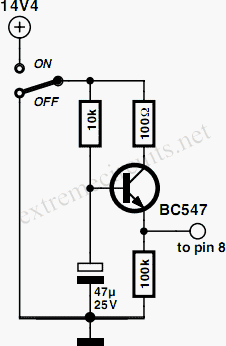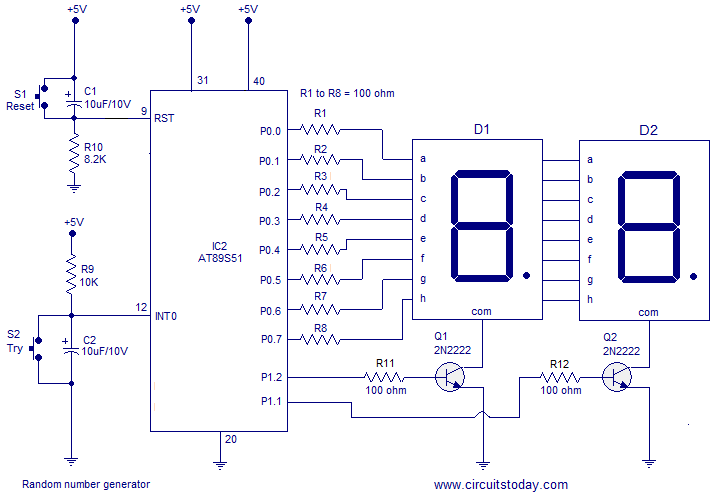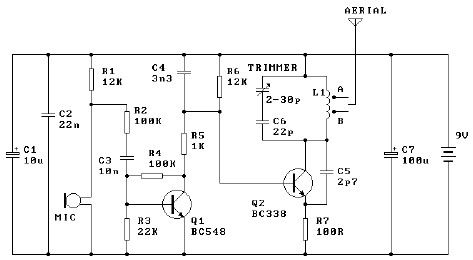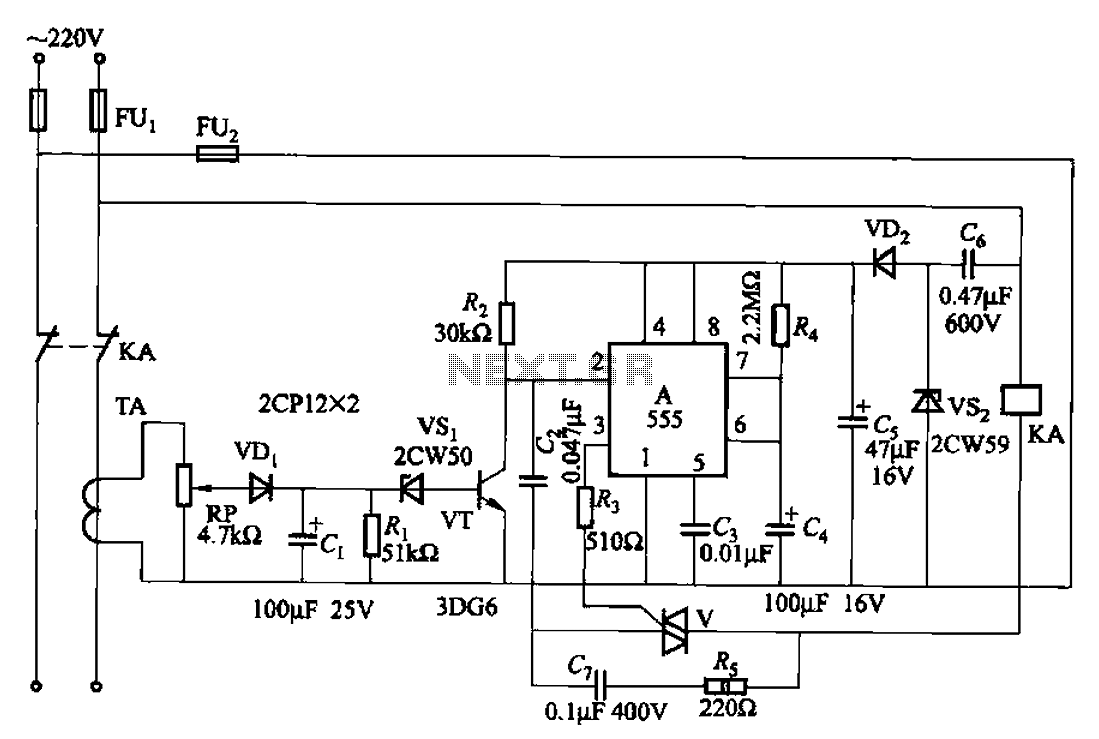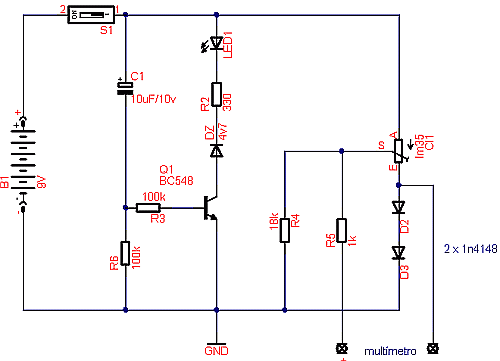
HF Transreceiver using NE612
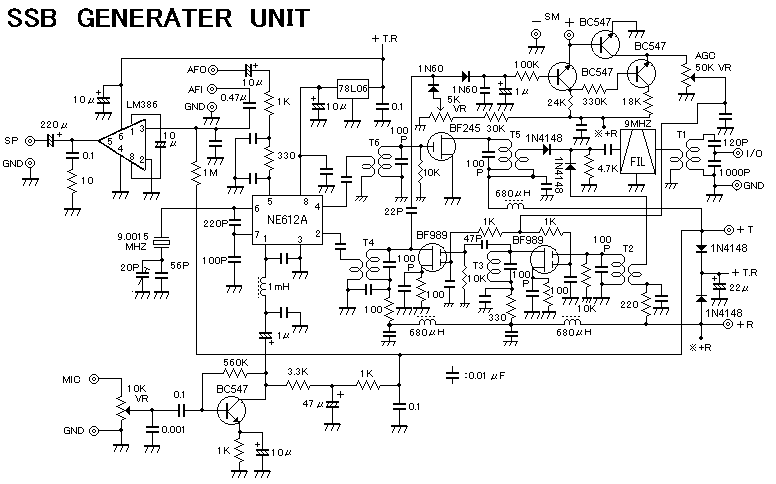
The project was inspired by attending the HamRadio 2000 Millennium Ham Meet in Hyderabad on December 22, 23, and 24, where interactions with esteemed individuals such as VU2NR and VU2RM took place. The latest design by VU2NR, the NR-80, motivated the exploration of the NE612. OM Raju's use of five NE612s in his dual-band HF transceiver project was perceived as inefficient. The technique from the 9 MHz SSB Generator Module by Mizuho Company, Japan, which utilizes a single SN76514 with a crystal oscillator for both receiving and transmitting functions, was particularly impressive. Consequently, an interest arose to substitute the SN76514 with the NE612. Extensive online research for information on the SN76514 revealed that it functions as a double balanced modulator, similar to the MC1496. A breakthrough occurred when a Japanese website belonging to JA6HIC "Toshi" was discovered, showcasing various projects utilizing double balanced modulators, with a notable project featuring the NE612 IC. The reproduced details are shared with the permission of Mr. Toshi, JA6HIC. The transverter circuit values are preliminary and intended for experimentation, serving as a reference for homebrewers. The initial focus will be on the transverter, allowing for testing of the existing 9 MHz SSB Module. The transverter will be designed for the 14 MHz band, drawing from values obtained in a DC receiver project utilizing the NE612 IC. Further updates on the project will be shared as it develops, including plans for a PCB design. Interested parties are encouraged to make contact via email.
The project centers around the development of a transverter circuit utilizing the NE612 integrated circuit (IC). The NE612 is a versatile double balanced mixer that is particularly well-suited for applications in radio frequency (RF) communications, enabling effective signal modulation and demodulation. The design aims to replace the SN76514 with the NE612 due to its favorable characteristics and performance in similar applications.
The proposed transverter will operate within the 14 MHz band, leveraging the NE612's capabilities to facilitate both reception and transmission of signals. The circuit design will include a crystal oscillator to provide a stable frequency reference, which is critical for maintaining signal integrity and minimizing phase noise. This oscillator will be configured to interact with the NE612, allowing it to function effectively as both a product detector in the receiver chain and a modulator in the transmitter chain.
The initial circuit values presented are intended as a starting point for experimentation. Homebrewers are encouraged to modify and optimize the circuit based on their specific requirements and testing outcomes. The project will also encompass the design of a printed circuit board (PCB) to streamline assembly and enhance reliability.
As development progresses, further insights and modifications will be documented, providing a comprehensive resource for enthusiasts interested in RF communication and homebrewing projects. Collaboration and feedback from the community will be welcomed, fostering a shared learning experience and innovation within the field.The inspiration for the project came after attending the HamRadio 2000, Millenium Ham Meet @ Hyderabad (December 22, 23 & 24) where I met Grand Masters like VU2NR and VU2RM, OM Raju and OM Rao respectively. VU2NR`s newest design the NR-80 inspired me on doing something with my NE612. Om Raju uses 5 NE612 in his project to produce a Dual Band HF Tr ansceiver, which I felt was a waste. The technique employed in the 9Mhz SSB Generator Module from Mizuho Company, Japan impressed me and I decided to work on those lines. This technique uses a single SN76514 with a crystal oscillator to perform both function, as a product detector in the Rx chain and a modulator in the TX chain.
I was now interested in replacing the SN76514 with the NE612 and trying it out. I searched the entire web for details on this chip (SN76514) but could only find that it is a double balanced modulator like the MC1496. I continued my search for data on this chip until one fine day I bumped into a Japanese site of JA6HIC "Toshi".
Here I found exactly what I was looking out for. Toshi has designed a lot of projects using various combination of Double Balanced Modulator. The one that impressed me the most was a project using NE612 IC. Following are some of the details that I have reproduced with the kind permission of Mr. Toshi, JA6HIC. The transverter circuit values are not correct, as these are to be tried out. The circuit is just for the information to a homebrewer. I would be working on the Transverter first, as with this, I could try out the 9Mhz SSB Module that I already have. I would be building the Transverter for the 14 Mhz band depending on the values from my DC Receiver project using the NE612 IC.
I would surely be posting more details on this project as and when it progresses. I would be designing a PCB for the project and if any one is interested, do send me a mail. 🔗 External reference
The project centers around the development of a transverter circuit utilizing the NE612 integrated circuit (IC). The NE612 is a versatile double balanced mixer that is particularly well-suited for applications in radio frequency (RF) communications, enabling effective signal modulation and demodulation. The design aims to replace the SN76514 with the NE612 due to its favorable characteristics and performance in similar applications.
The proposed transverter will operate within the 14 MHz band, leveraging the NE612's capabilities to facilitate both reception and transmission of signals. The circuit design will include a crystal oscillator to provide a stable frequency reference, which is critical for maintaining signal integrity and minimizing phase noise. This oscillator will be configured to interact with the NE612, allowing it to function effectively as both a product detector in the receiver chain and a modulator in the transmitter chain.
The initial circuit values presented are intended as a starting point for experimentation. Homebrewers are encouraged to modify and optimize the circuit based on their specific requirements and testing outcomes. The project will also encompass the design of a printed circuit board (PCB) to streamline assembly and enhance reliability.
As development progresses, further insights and modifications will be documented, providing a comprehensive resource for enthusiasts interested in RF communication and homebrewing projects. Collaboration and feedback from the community will be welcomed, fostering a shared learning experience and innovation within the field.The inspiration for the project came after attending the HamRadio 2000, Millenium Ham Meet @ Hyderabad (December 22, 23 & 24) where I met Grand Masters like VU2NR and VU2RM, OM Raju and OM Rao respectively. VU2NR`s newest design the NR-80 inspired me on doing something with my NE612. Om Raju uses 5 NE612 in his project to produce a Dual Band HF Tr ansceiver, which I felt was a waste. The technique employed in the 9Mhz SSB Generator Module from Mizuho Company, Japan impressed me and I decided to work on those lines. This technique uses a single SN76514 with a crystal oscillator to perform both function, as a product detector in the Rx chain and a modulator in the TX chain.
I was now interested in replacing the SN76514 with the NE612 and trying it out. I searched the entire web for details on this chip (SN76514) but could only find that it is a double balanced modulator like the MC1496. I continued my search for data on this chip until one fine day I bumped into a Japanese site of JA6HIC "Toshi".
Here I found exactly what I was looking out for. Toshi has designed a lot of projects using various combination of Double Balanced Modulator. The one that impressed me the most was a project using NE612 IC. Following are some of the details that I have reproduced with the kind permission of Mr. Toshi, JA6HIC. The transverter circuit values are not correct, as these are to be tried out. The circuit is just for the information to a homebrewer. I would be working on the Transverter first, as with this, I could try out the 9Mhz SSB Module that I already have. I would be building the Transverter for the 14 Mhz band depending on the values from my DC Receiver project using the NE612 IC.
I would surely be posting more details on this project as and when it progresses. I would be designing a PCB for the project and if any one is interested, do send me a mail. 🔗 External reference
Warning: include(partials/cookie-banner.php): Failed to open stream: Permission denied in /var/www/html/nextgr/view-circuit.php on line 713
Warning: include(): Failed opening 'partials/cookie-banner.php' for inclusion (include_path='.:/usr/share/php') in /var/www/html/nextgr/view-circuit.php on line 713
